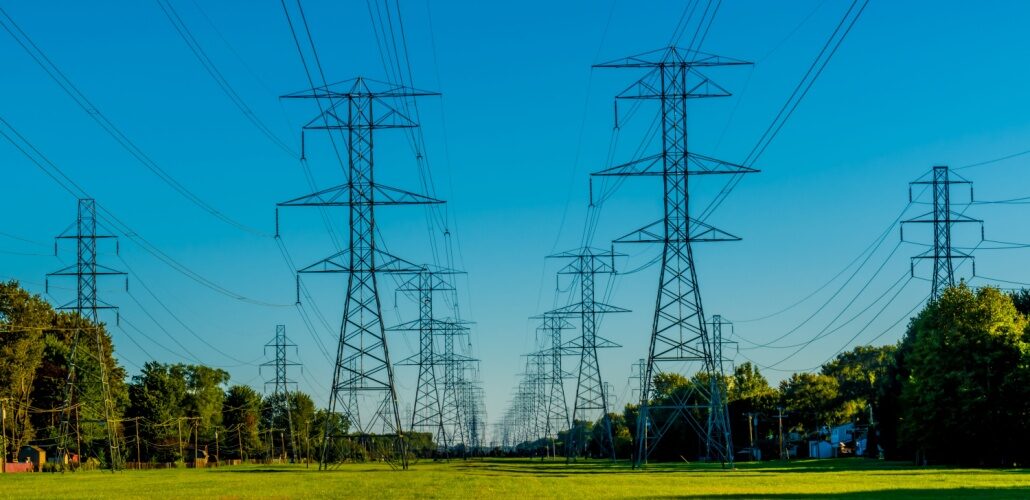Initiative launched to modernize US grid
The initiative focuses on the deployment of advanced conductors and grid enhancing technologies, aiming to enhance transmission capacity and efficiency.

Image for illustration purposes.
USA, Washington DC: The Biden-Harris Administration has announced the Federal-State Modern Grid Deployment Initiative on May 28 to improve the US power grid’s capacity, reliability, and resilience. The initiative includes 21 states, which have committed to prioritize modern grid solutions: Arizona, California, Colorado, Connecticut, Delaware, Hawaii, Illinois, Kentucky, Maine, Maryland, Massachusetts, Michigan, New Jersey, New Mexico, New York, North Carolina, Oregon, Pennsylvania, Rhode Island, Washington, and Wisconsin.
The initiative focuses on the deployment of advanced conductors and grid enhancing technologies, aiming to enhance transmission capacity and efficiency. The goal of this approach is to integrate renewable sources more quickly and cost-effectively.
The initiative also promotes collaboration among federal entities, states, utilities, and stakeholders to tackle issues such as increased load growth, aging infrastructure, and climate change impacts. Technical and financial assistance is provided by the Department of Energy (DOE) and other federal agencies through programs such as the Grid Resilience and Innovation Partnerships (GRIP) Program and the Empowering Rural America (New ERA) program.
To expedite project development, categorical exclusions under the National Environmental Policy Act (NEPA) simplify the environmental review process for transmission upgrades. Investments from the Inflation Reduction Act (IRA) and Bipartisan Infrastructure Law (BIL) support grid enhancements and creation of jobs.
The Justice40 Initiative ensures that 40% of the benefits from federal climate and clean energy investments reach disadvantaged communities. Additionally, the initiative plans to upgrade 100000 miles of existing transmission lines with advanced technologies over the next five years in order to reduce utility bills and increase grid resilience.
Source: T&D World
#Department of Energy#Federal-State Modern Grid Deployment Initiative#Justice40 Initiative#power grid#USA




